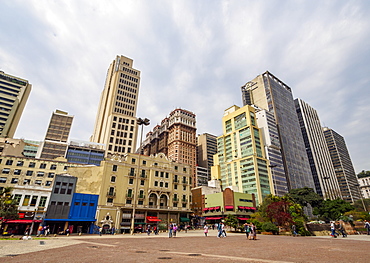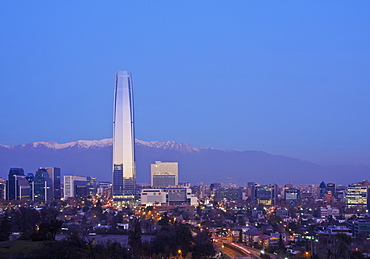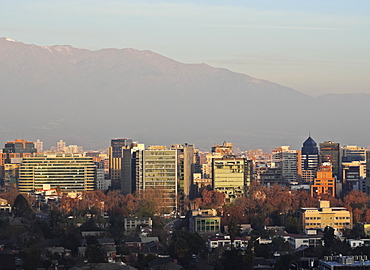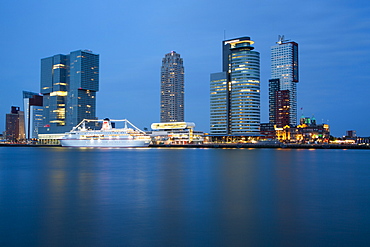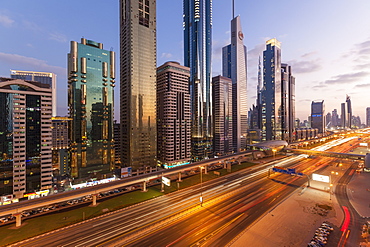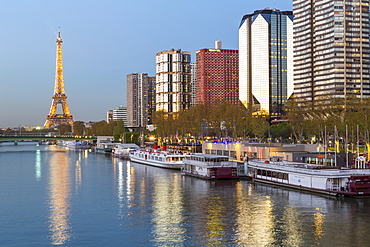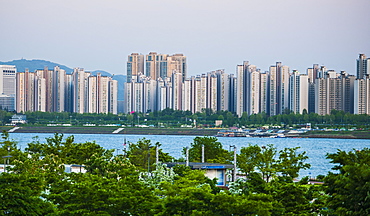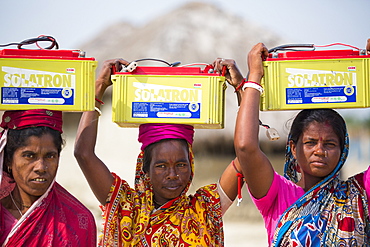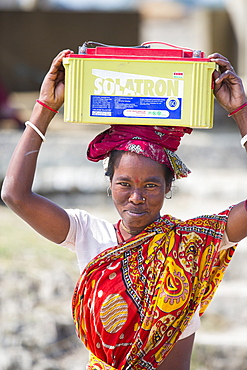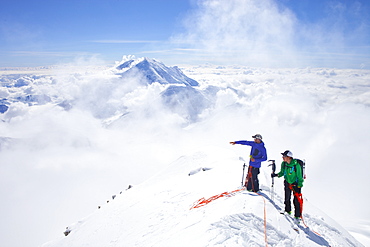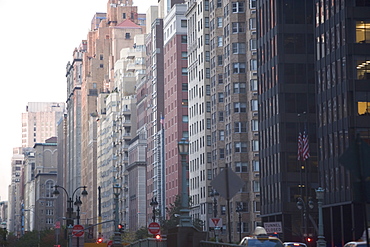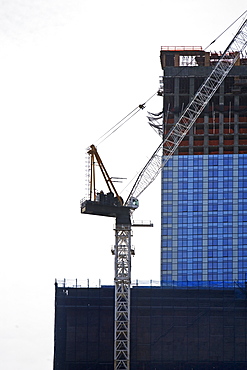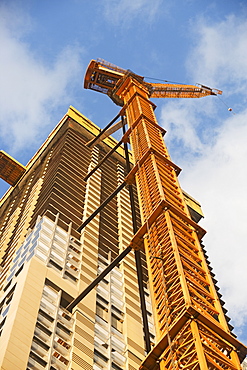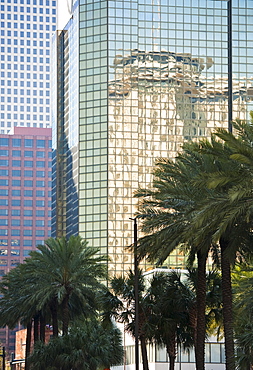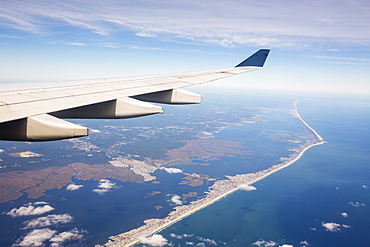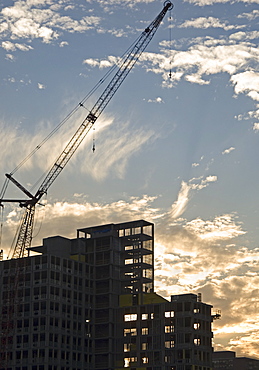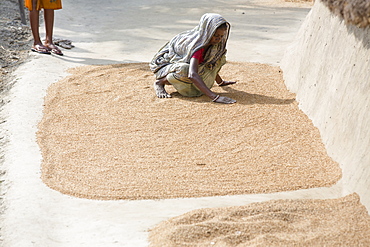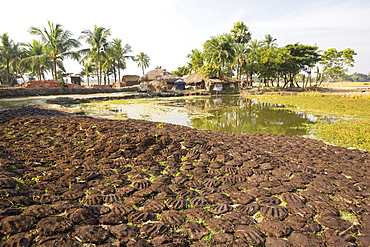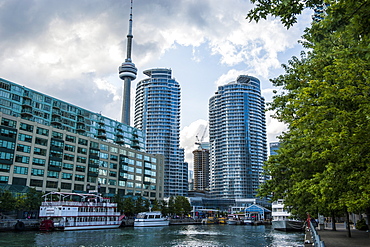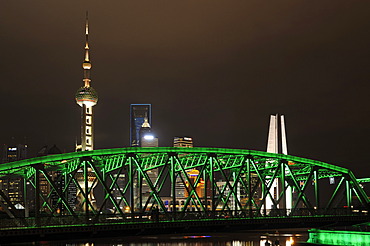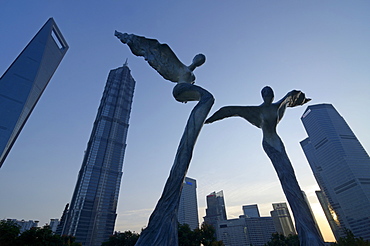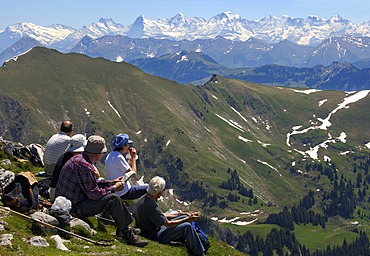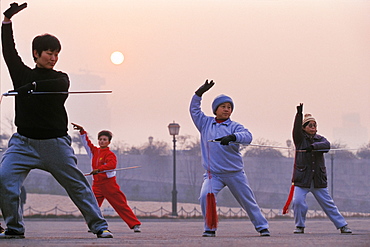Recent searches
Loading...
1184-992 - High rise bulidings in Shinjuku, Tokyo, Japan, Asia
1245-184 - View of the high rise building in the city centre, City of Sao Paulo, State of Sao Paulo, Brazil, South America
1245-152 - View of Laguna de los Coipos and High Rise Buildings in Puerto Madero, City of Buenos Aires, Buenos Aires Province, Argentina, South America
1245-31 - Twilight view from the Parque Metropolitano towards the high rise buildings in the financial sector, and snow covered mountains behind, Santiago, Chile, South America
1245-30 - Twilight view from the Parque Metropolitano towards the high rise buildings and Costanera Center Tower, Santiago, Chile, South America
1245-29 - View from the Parque Metropolitano towards the high rise buildings in the financial sector, with the Andes behind, Santiago, Chile, South America
1113-102061 - Cruise ship MS Deutschland (Reederei Peter Deilmann) at Rotterdam Cruise Terminal on Nieuwe Maas river with high-rise buildings
739-1367 - Sun rise over the lagoon of Sant'Antioco, Sardinia, Italy, Mediterranean, Europe
1219-116 - Beeston Castle and Peckforton Hills rise above a blanket of mist and fog covering the Cheshire plain on a frosty winters morning, Cheshire, England, United Kingdom, Europe
794-4400 - Sheikh Zayed Road, traffic and new high rise buildings along Dubai's main road, Dubai, United Arab Emirates, Middle East
794-4416 - Night view of River Seine with high-rise buildings on the Left Bank, and Eiffel Tower, Paris, France, Europe
1167-923 - Elevated view of a busy city centre street and high rise buildings on a rainy summer day, City Hall area, Seoul, South Korea, Asia
911-10498 - A WWF project to supply electricity to a remote island in the Sunderbans, a low lying area of the Ganges Delta in Eastern India, that is very vulnerable to sea level rise. Prior to this project the subsistence farmers had no access to electricity. The project involves charging large batteries from solar panels. Each villager collects a battery to run household lighting, and returns to the recharging station once a week to recharge their battery. This shot shows women carrying the heavy batteries (20Kg) from the charging station.
911-10497 - A WWF project to supply electricity to a remote island in the Sunderbans, a low lying area of the Ganges Delta in Eastern India, that is very vulnerable to sea level rise. Prior to this project the subsistence farmers had no access to electricity. The project involves charging large batteries from solar panels. Each villager collects a battery to run household lighting, and returns to the recharging station once a week to recharge their battery. This shot shows women carrying the heavy batteries (20Kg) from the charging station.
809-6648 - Pyrenees mountains rise above the Osseau valley, Pyrenees-Atlantiques, France, Europe
809-6650 - Pyrenees mountains rise above the Osseau valley, Pyrenees-Atlantiques, France, Europe
857-88779 - Mountain ranger Brian Scheele on this way to Windy Corner on Mount McKinley, also know as Denali, in Alaska. He is pulling a sled, that together with his heavy backpack is containing all the gear like tents, clothing and food. Every climbing season High Mountain Rangers of the Denali National Park Service are called to help climbers in need. If possible the patient is brought down to Basecamp on foot, only in life threatening conditions a helicopter is called to evacuate the patient to a hospital in Anchorage. Mount McKinley, native name Denali, is the highest mountain peak in North America, with a summit elevation of 20,321 feet (6,194 m) above sea level. At some 18,000 feet (5,500 m), the base-to-peak rise is considered the largest of any mountain situated entirely above sea level. Measured by topographic prominence, it is the third most prominent peak after Mount Everest and Aconcagua. Located in the Alaska Range in the interior of the U.S. state of Alaska, McKinley is the centerpiece of Denali National Park and Preserve.
857-88775 - High Mountain Rangers Tom Ditola and David Weber are taking a rest on the West Rib on Mount McKinley, Alaska. Mount Hunter in the background. They are above the clouds in blue sky and the sun is shining. Mount McKinley, native name Denali, is the highest mountain peak in North America, with a summit elevation of 20,321 feet (6,194 m) above sea level. At some 18,000 feet (5,500 m), the base-to-peak rise is considered the largest of any mountain situated entirely above sea level. Measured by topographic prominence, it is the third most prominent peak after Mount Everest and Aconcagua. Located in the Alaska Range in the interior of the U.S. state of Alaska, McKinley is the centerpiece of Denali National Park and Preserve. Every climbing season High Mountain Rangers of the Denali National Park Service are called to help climbers in need. If possible the patient is brought down to base camp on foot, only in life threatening conditions a helicopter is called to evacuate the patient to a hospital in Anchorage.
857-88750 - The Tetons rise above the Snake River in Grand Teton National Park, Wyoming, under fresh snow.
1179-273 - The Paro valley extends westward closer to the peaks that rise on the Tibetan border, famous for its many Buddhist temples, Bhutan, Himalayas, Asia
1175-447 - Interior of Olympic Museum, Ouchy, Lausanne, Romandie, Lake Geneva, Switzerland
1178-20921 - USA, New York City, Row of high rise buildings
911-10750 - The Remains of the Godwin battery on the beach at Kilnsea at the head of Spurn point on Yorkshires East Coast, UK. Initially constructed during the First World War, the Godwin Battery was added to during the Second World War. It comprised of gun emplacements, search light, barracks, officers’ mess, and a hospital. This section of coastline is the fastest eroding coastline in Europe. The soft boulder clay cliffs are easily eroded and have been eroding since Roman Times, but recently the climate change impacts of increased stormy weather, increased heavy rainfall events and sea level rise have accelerated the rate of erosion. The average rate of attrition is 1.5metres per year, last year it was 5 metres.
911-10749 - The Remains of the Godwin battery on the beach at Kilnsea at the head of Spurn point on Yorkshires East Coast, UK. Initially constructed during the First World War, the Godwin Battery was added to during the Second World War. It comprised of gun emplacements, search light, barracks, officers’ mess, and a hospital. This section of coastline is the fastest eroding coastline in Europe. The soft boulder clay cliffs are easily eroded and have been eroding since Roman Times, but recently the climate change impacts of increased stormy weather, increased heavy rainfall events and sea level rise have accelerated the rate of erosion. The average rate of attrition is 1.5metres per year, last year it was 5 metres.
1178-10543 - High-rise buildings and palm trees in New Orleans
911-10667 - Looking down into the Langdale Valley above valley mist formed by a temperature inversion on Loughrigg, near Ambleside in the Lake District National Park. Localised warming has caused this very rare weather phenomenon, and lifted the mist up into a volcano shape.
911-10585 - Highly built up beach front areas, just north of Atlantic City that are very vulnerable to sea level rise, USA.
911-10566 - The Thames barrier on the River Thames in London. It was constructed to protect the capital city from storm surge flooding. Recent predictions show it will probably be redundant in around twenty years due to increased stormy weather and sea level rise driven by climate change.
911-10567 - The Thames barrier on the River Thames in London. It was constructed to protect the capital city from storm surge flooding. Recent predictions show it will probably be redundant in around twenty years due to increased stormy weather and sea level rise driven by climate change.
911-10565 - The Thames barrier on the River Thames in London. It was constructed to protect the capital city from storm surge flooding. Recent predictions show it will probably be redundant in around twenty years due to increased stormy weather and sea level rise driven by climate change.
911-10447 - A villager woman in a remote subsistence farming village on an island in the Sunderbans, the Ganges Delta in Eastern India that is very vulnerable to sea level rise. She is cooking on a traditional clay oven, fuelled by biofuel (rice stalks), low carbon cooking.
911-10451 - Boats carrying people and goods in the Sunderbans, a low lying area of the Ganges Delta in Eastern India, that is very vulnerable to sea level rise.
911-10455 - A woman subsistence farmer cooking on a traditional clay oven, using rice stalks as biofuel in the Sunderbans, Ganges, Delta, India. the area is very low lying and vulnerable to sea level rise. All parts of the rice crop are used, and the villagers life is very self sufficient, with a tiny carbon footprint.
911-10448 - Villagers in a remote subsistence farming village on an island in the Sunderbans, the Ganges Delta in Eastern India that is very vulnerable to sea level rise, gather in the rice crop after drying.
911-10456 - A woman drying her rice crop in the Sunderbans, Ganges, Delta, India, the area is very low lying and vulnerable to sea level rise.
911-10453 - Villagers in a remote subsistence farming village on an island in the Sunderbans, the Ganges Delta in Eastern India that is very vulnerable to sea level rise, gather in the rice crop after drying.
911-10449 - Villagers in a remote subsistence farming village on an island in the Sunderbans, the Ganges Delta in Eastern India that is very vulnerable to sea level rise, gather in the rice crop after drying.
911-10450 - Boats carrying people and goods in the Sunderbans, a low lying area of the Ganges Delta in Eastern India, that is very vulnerable to sea level rise.
911-10243 - A BP chemical plant at salt End on Humberside which produces Acetic Acid and a gas fired power station It is vulnerable to coastal flooding, and although sea defences were constructed some years ago, climate change driven sea level rise and increased stromy weather, leaves it vulnerable to inundation.
911-10182 - Cow dung belonging to subsistence farmers in the Sunderbans, a low lying area of the Ganges Delta in Eastern India, that is very vulnerable to sea level rise. The cow dung is used as biofuel in traditional clay ovens.
911-10183 - Cow dung belonging to subsistence farmers in the Sunderbans, a low lying area of the Ganges Delta in Eastern India, that is very vulnerable to sea level rise. The cow dung is used as biofuel in traditional clay ovens.
911-10181 - Boats carrying people and goods in the Sunderbans, a low lying area of the Ganges Delta in Eastern India, that is very vulnerable to sea level rise.
911-10073 - A collapsed coastal road at Barmston on Yorkshires East Coast, near Skipsea, UK. The coast is composed of soft boulder clays, very vulnerable to coastal erosion. This sectiion of coast has been eroding since Roman times, with many villages having disappeared into the sea, and is the fastest eroding coast in Europe. Climate change is speeding up the erosion, with sea level rise, increased stormy weather and increased heavy rainfall events, all palying their part.
911-10074 - A Second world War lookout post leaning alarmingly and about to tumble over the edge of the cliff near Aldbrough on Yorkshires East Coast, UK. The coast is composed of soft boulder clays, very vulnerable to coastal erosion. This section of coast has been eroding since Roman times, with many villages having disappeared into the sea, and is the fastest eroding coast in Europe. Climate change is speeding up the erosion, with sea level rise, increased stormy weather and increased heavy rainfall events, all playing their part.
911-10071 - A collapsed coastal road at between Skipsea and Ulrome on Yorkshires East Coast, near Skipsea, UK. The coast is composed of soft boulder clays, very vulnerable to coastal erosion. This sectiion of coast has been eroding since Roman times, with many villages having disappeared into the sea, and is the fastest eroding coast in Europe. Climate change is speeding up the erosion, with sea level rise, increased stormy weather and increased heavy rainfall events, all palying their part.
911-10069 - Concrete sea defences at Beach Bank Caravan Park in Ulrome near Skipsea on Yorkshires East Coast, UK. The coast is composed of soft boulder clays, very vulnerable to coastal erosion. This section of coast has been eroding since Roman times, with many villages having disappeared into the sea, and is the fastest eroding coast in Europe. Climate change is speeding up the erosion, with sea level rise, increased stormy weather and increased heavy rainfall events, all playing their part.
911-10070 - A collapsed coastal road at near Aldbrough on Yorkshires East Coast, near Skipsea, UK. The coast is composed of soft boulder clays, very vulnerable to coastal erosion. This sectiion of coast has been eroding since Roman times, with many villages having disappeared into the sea, and is the fastest eroding coast in Europe. Climate change is speeding up the erosion, with sea level rise, increased stormy weather and increased heavy rainfall events, all palying their part.
911-10066 - A collapsed coastal road at Easingotn on Yorkshires East Coast, near Skipsea, UK. The coast is composed of soft boulder clays, very vulnerable to coastal erosion. This sectiion of coast has been eroding since Roman times, with many villages having disappeared into the sea, and is the fastest eroding coast in Europe. Climate change is speeding up the erosion, with sea level rise, increased stormy weather and increased heavy rainfall events, all palying their part.
911-10068 - A collapsed coastal road at between Skipsea and Ulrome on Yorkshires East Coast, near Skipsea, UK. The coast is composed of soft boulder clays, very vulnerable to coastal erosion. This sectiion of coast has been eroding since Roman times, with many villages having disappeared into the sea, and is the fastest eroding coast in Europe. Climate change is speeding up the erosion, with sea level rise, increased stormy weather and increased heavy rainfall events, all palying their part.
911-10072 - A collapsed coastal road at between Skipsea and Ulrome on Yorkshires East Coast, near Skipsea, UK. The coast is composed of soft boulder clays, very vulnerable to coastal erosion. This sectiion of coast has been eroding since Roman times, with many villages having disappeared into the sea, and is the fastest eroding coast in Europe. Climate change is speeding up the erosion, with sea level rise, increased stormy weather and increased heavy rainfall events, all palying their part.
911-10067 - A collapsed coastal road near Skipsea on Yorkshires East Coast, UK. The coast is composed of soft boulder clays, very vulnerable to coastal erosion. This sectiion of coast has been eroding since Roman times, with many villages having disappeared into the sea, and is the fastest eroding coast in Europe. Climate change is speeding up the erosion, with sea level rise, increased stormy weather and increased heavy rainfall events, all playing their part.
797-10885 - Bangladesh, Dhaka, Gulshan Apartment block at night lit up for a wedding with strings of fairy lights cascading over the side.
851-625 - Barbican Apartments, modernist architecture and high rise residential living in London, England, United Kingdom, Europe
1167-625 - Modern high rise office building, early morning, Potsdamer Platz, Berlin, Germany, Europe
1167-624 - Modern design, high rise office buildings and station, early morning, Potsdamer Platz, Berlin, Germany, Europe
816-8153 - The CN Tower behind high rise buildings in downtown Toronto, Ontario, Canada, North America
832-371987 - Old woman exercising, swordplay, Lujiazui Park, Oriental Pearl Tower, Pudong, Shanghai, China, Asia
832-376032 - Fishing nets hanging up to dry above the sea at sunrise, Veneto, Italy
832-371989 - Statues in the Lujiazui Park, Oriental Pearl Tower, Pudong, Shanghai, China, Asia
832-370542 - Rice terraces at Duoyishu, Yuanyang County, Yunnan, China, Asia
832-369845 - Visitors to the new 412-meter high observation deck Skydeck, Willis Tower, formerly named Sears Tower, Chicago, Illinois, United States of America, USA
832-371994 - Waibaidu Bridge, Oriental Pearl Tower, skyline on the Bund promenade, Huangpu River, Shanghai, China, Asia
832-369158 - Art Nouveau facade at the beach promenade, Bulevar, in front of the facade of one of the high-rise towers of the three Flame Towers, the new landmark of the city, Baku, Azerbaijan, Caucasus, Middle East, Asia
832-368163 - Dancing Towers office building on the Reeperbahn in St. Pauli, Hamburg, Germany, Europe
832-371992 - Column with golden lion sculptures, Jing'an Temple, Shanghai, China, Asia
832-369836 - Family on corniche, promenade, Sheraton Hotel, skyline of Doha, Qatar, Persian Gulf, Middle East, Asia
832-372298 - Roof of the Sony Center and the Bahntower (German Rail) building, Potsdamer Platz Square, Berlin, Germany, Europe
832-371901 - Balloon flight over the valley of Goereme, Cappadocia, Turkey, Western Asia
832-368164 - Dancing Towers office building on the Reeperbahn in St. Pauli, Hamburg, Germany, Europe
832-370268 - Window cleaners on a modern glass facade in Saigon, Ho Chi Minh City, Vietnam, Southeast Asia
832-376349 - Lake Chiemsee as seen from Ratzinger Hoehe at sunrise, Chiemgau, Upper Bavaria, Bavaria, Germany, Europe
832-370267 - Window cleaners on a modern glass facade in Saigon, Ho Chi Minh City, Vietnam, Southeast Asia
832-371366 - Bank of the River Main with people out in the sun, behind it the banking quarter with the Commerz Bank, Frankfurt, Hesse, Germany, Europe
832-368153 - People on the frozen Aussenalster lake in Hamburg, Germany, Europe
832-375071 - Sunrise at Abel Tasman National Park, South Island, New Zealand, Oceania
832-368173 - Inner Alster Lake, or lake Binnenalster, Alster fountain and the television tower in Hamburg, Germany, Europe
832-370474 - Chicago River dyed green on Saint Patrick's Day, Chicago, Illinois, USA
832-371984 - Shanghai World Financial Center, SWFC, Jin Mao Tower, Lujiazui Park, Pudong, Shanghai, China, Asia
832-375907 - On the beach Menton Côte d\'Azur France
832-376518 - Burg Lauenstein castle, Lauenstein district, Ludwigsstadt, Kronach county, Upper Franconia, Bavaria, Germany, Europe
832-375906 - Resting on Mt Kaiseregg view at the mountain range of Eiger Mönch and Jungrfau Alps Switzerland
832-374828 - Women practising Tai Chi at dawn in Shanghai, China, Asia
832-369837 - Couple on corniche, promenade, skyline of Doha, Qatar, Persian Gulf, Middle East, Asia

